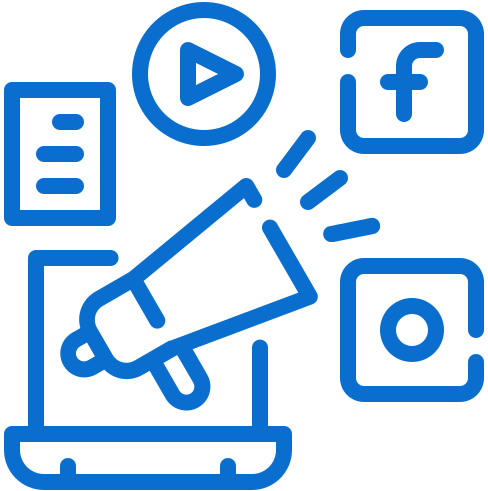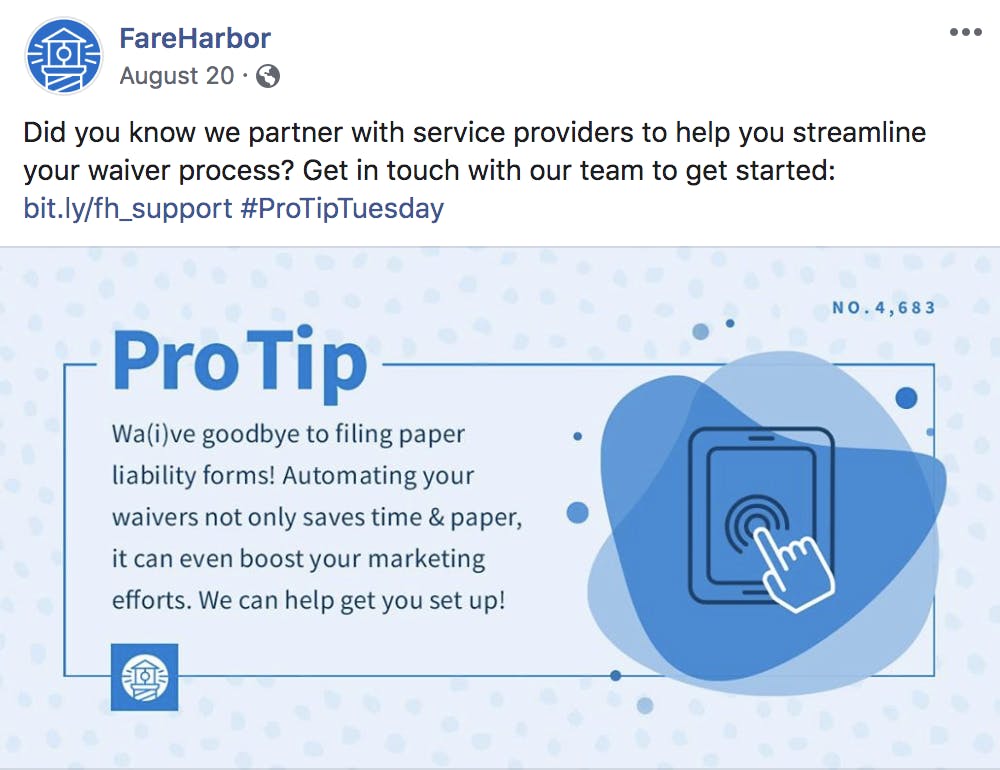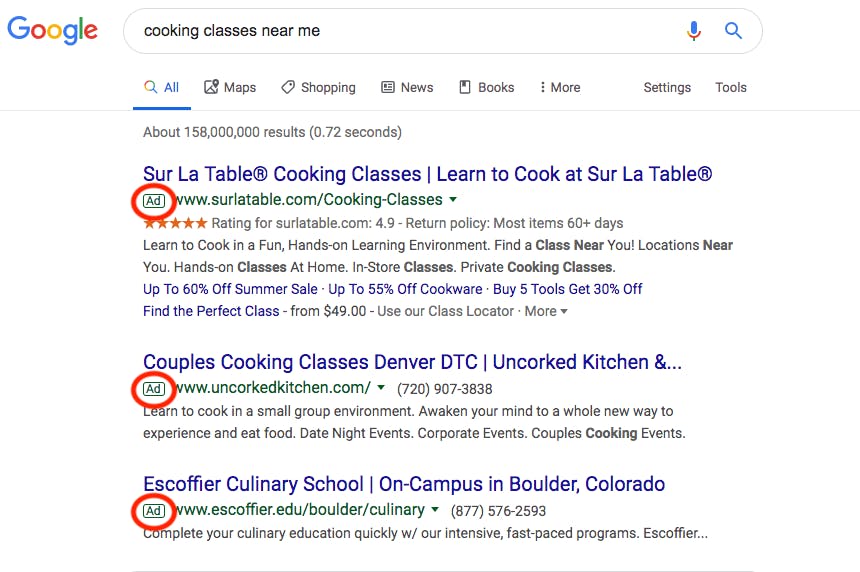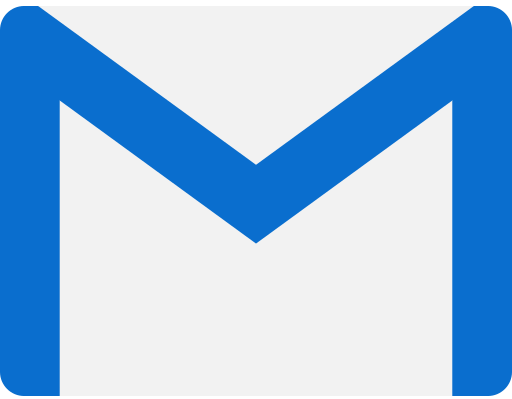- 8 minute read
- Reputation Management
- SEO
Beginner,
Intermediate
Join hundreds of other operators and REGISTER NOW for Spark 2024 New Orleans October 13-15th!

With the number of internet users constantly increasing, it has become even more important for small businesses to reach their target audience online. That’s where digital marketing – any marketing efforts that take place online – comes in. The internet is the ideal place to reach current and prospective customers through channels like social media, email, search engines, and more.
This guide will explain why you should develop a digital marketing strategy and how you can use these tactics to connect with – and grow – your online audience.
Your customers are online, so you need to be too. The first step in developing an online presence is to build a business website, but there are many more ways to connect with your customers online. Digital marketing allows you to reach people right where they spend their time and money, whether it’s through social media, email or browsing the web.
 In 2018, the average internet user had seven social media accounts (Lyfe Marketing). That offers a lot of avenues to reach potential customers. And you aren’t just limited to social networks. Digital marketing efforts are multi-faceted and allow you to reach viewers through many different channels, which we’ll detail throughout this guide.
In 2018, the average internet user had seven social media accounts (Lyfe Marketing). That offers a lot of avenues to reach potential customers. And you aren’t just limited to social networks. Digital marketing efforts are multi-faceted and allow you to reach viewers through many different channels, which we’ll detail throughout this guide.
Your customers aren’t the only ones online… your competition is fighting for screen time as well! Online marketing is essential if you want to compete with the tour operators in your area. 70-80% of people research a business online before visiting in person or making a purchase, and 60% of consumers begin by researching products or services on one or more search engines before heading to a particular website (Dubub).
A strong digital marketing strategy will help you stand out from the competition and rank well on the SERPs, making your company easy for potential customers to find and increasing conversions.
You’re accessible to your customers: If your potential customers are looking for a business similar to yours, they are going to choose someone else if you aren’t listed on the SERPs as one of the options. Imagine all of the opportunities you could be missing out on!
A company with a carefully crafted digital marketing strategy stands out because they are transparent and accessible to internet users. When a user finds a website, social media presence, and online reviews, they will conclude that your company is legitimate, which brings them one step closer to doing business with you.
Allow your customers to access information when it’s convenient for them: Naturally, most businesses are not open 24/7, and while most direct customer contact happens during business hours, it is important to make sure potential customers can access information about your business any time of day or night. With digital marketing, customers can come to you with questions, make bookings, and research your services 24 hours a day, seven days a week, with no extra hours required from your team.
The internet allows for the scope of your company to stretch well past the physical boundaries of where you do business and attracts a much larger audience than word of mouth or local referrals. This is critical for tour operators whose customers are often travelers looking to plan a trip and are not familiar with, or local to, the area. Engaging in digital marketing is an ideal way to allow travelers to get to know your company – and make a booking – before even arriving in town.
 You can get to know your target audience: Digital marketing is a two-way street. Customers learn about your business and services, and it also allows businesses to engage with their audience and get to know them better. The more you know your current and potential customer base, the better and more tailored your digital marketing efforts can be. You can build relationships and followings through social media and email marketing, conduct tests to see which of your strategies are working, and determine your ideal audience and demographic. All of these tactics will help you reach a more niche audience and increase conversions on your tours and activities.
You can get to know your target audience: Digital marketing is a two-way street. Customers learn about your business and services, and it also allows businesses to engage with their audience and get to know them better. The more you know your current and potential customer base, the better and more tailored your digital marketing efforts can be. You can build relationships and followings through social media and email marketing, conduct tests to see which of your strategies are working, and determine your ideal audience and demographic. All of these tactics will help you reach a more niche audience and increase conversions on your tours and activities.
Now that you understand why digital marketing is so important, it’s time to learn more about the various types of digital marketing to determine which are best for your business. A great digital marketing strategy combines many types of marketing tactics to target your audience through different channels and there is no one-size-fits-all approach. It’s all about online visibility and exposure and understanding how to emphasize your presence with these tips.
Organic marketing, also known as inbound marketing, encompasses a wide array of tactics to drive traffic to your website and increase conversions on your tours and activities, at no cost to you. Organic marketing is best used to create authentic interactions with customers through social media, content marketing, landing pages, and the SERPs. It’s all about natural, value-based results that develop over time as you fine-tune your marketing efforts. With several channels to focus on, organic marketing is a great place to start creating a digital marketing strategy.
Search engine optimization (SEO): The process of improving your website to rank better in the SERPs, SEO drives traffic to your website for free, improving your visibility online. Crafting a strong SEO strategy is your first step to mastering digital marketing because the more eyes on your website, the better.
In fact, 61% of marketers say improving SEO and growing their organic presence is their top priority for inbound marketing (HubSpot).
From on-page elements like high-quality, in-depth content and keyword implementation to off-page elements like inbound links and guest blog writers, SEO is a crucial factor in driving organic traffic to your website.
See our guides on SEO to start improving your website today.
Content marketing: As you strive to send traffic to your site, it’s essential that your visitors are met with high-quality, informative content that not only answers their questions but also communicates your brand.
Content should always be at the core of your marketing efforts, regardless of the channel. Whether you’re posting to social media, writing a blog, or creating a monthly newsletter for your email marketing campaign, marketing would be impossible without great content. Content marketing gets three times more leads than paid search advertising (Content Marketing Institute), so you definitely don’t want to skip this part of your online strategy.
One of the best ways to drive traffic to your site through content marketing is to start a blog and update it often. Quality, relevant blogs can gain an online following, creating recognition for your brand, especially when promoted on social media. To get started with blogging, see our list of blogging do’s and don’ts.
 Social media marketing: Social networks like Facebook, Twitter, and Instagram are all about making connections, sharing stories, and having conversations. So what better place is there to spread the word about your business?
Social media marketing: Social networks like Facebook, Twitter, and Instagram are all about making connections, sharing stories, and having conversations. So what better place is there to spread the word about your business?
Promoting your brand and content on social media increases awareness, drives traffic, and even generates leads for your business. Whether you are sharing a video of the dolphins your customers saw on a recent boat tour, asking Facebook users to vote on the theme of your upcoming holiday cruise, or promoting a blog post about the best beaches on the island, social media is the perfect venue to get the most sets of eyes on your content.
Once you’ve gathered a following of previous guests and people who are interested in booking an activity with you in the future, staying connected comes naturally – we do the same on our personal accounts, after all. Guests can share photos of your activities and tag your company in the location or hashtag, people can leave reviews or post questions, and potential customers have another avenue to reach out to you. In fact, 59% of Americans think that customer service through social media has made it easier to get answers to their questions and to get their issues resolved (Lyfe Marketing).
For more tips on how to grow your social media presence, and which platforms you should use, see our guide on social media marketing.
Landing page marketing: Whether you’re using social media, email marketing, or SEO to get users to your website, once they get there, they need to have a clear goal or next step in order to drive conversions. The landing page, a web page designed to prompt users to take a specific action, is a critical part of your marketing strategy because it takes users to the point of conversion.
*Landing page marketing can be considered both an organic and paid tactic since you can send people to landing pages from free resources like social media and paid channels like advertisements.
It all comes down to sending targeted traffic to a single page in order for users to take an action. That’s why the content you put on these pages is so important. For example, without a call to action like “book a tour” or “sign up for our newsletter,” users could get lost. It’s also important to send users to high-converting pages, like the page for your most popular tour or activity, rather than a page like your About Us or Contact page since those require more actions once users have reached them.
Paid marketing, or outbound marketing, offers business owners a faster, more direct way to target, engage, and convert customers. Using mostly advertisements, paid marketing allows you to push content to your target audiences and gain top spots on the SERPs.
Whether you’re paying for a text ad on the SERPs, creating branded content on Instagram, or sending an email marketing campaign, paid digital marketing garners direct results and can even be budget-friendly with the right techniques. See some of our favorite paid marketing methods below.
Search engine marketing & paid search advertising: While search engine marketing (SEM) used to refer to both organic search activities (like SEO) and paid activities, today it is used to describe the practice of increasing the visibility of a website on the SERPs through paid search advertising.
With paid search advertising, sponsored ads appear at the top of the SERPs, gaining more prominence and visibility than organic search results.

If you’re looking for cooking classes nearby, you can see in the above example that the top three results on the SERPs are paid ads. These appear because the keywords in the ads match the keywords in the search, making you more likely to click on them.
From a marketer’s perspective, paying for ads on the SERPs is a great way to get quick results in a specific market. When choosing an ad campaign, you might do keyword research to select keywords related to your services, select a location for the ad to be displayed in, create a text ad to display on the SERPs, and bid on a price you’re willing to pay for each click on your ad.
The travel and tourism sector has one of the highest conversion rates of all industries, at 7.37% through optimized paid search (Acquisio), so adding this strategy to your marketing plan is well worth it!
Pay-per-click advertising: One of the types of paid search advertising, pay-per-click or PPC allows you to set a budget for your ads, and you’re only charged when a consumer clicks on one. Google Ads is the most commonly used PPC platform, allowing you to easily run ad campaigns and track how profitable they are. PPC can help boost brand awareness by 80% (Valve and Meter), making it a valuable part of your digital marketing strategy.
You might be wondering if PPC is worth the money. While it’s not as cost-effective as organic search, Google Ads allows you to set a budget and know that you won’t overspend. And businesses make an average of $2 in revenue for every $1 they spend on Google Ads (Google).
Wondering if PPC is right for you? See our getting started with PPC guide to learn more.
 Email marketing: Email marketing is an efficient way to send content to your customers and contacts without sacrificing your time and budget. This is a year-round tactic you can use to engage repeat customers and keep your business at the top of their minds (and inbox!).
Email marketing: Email marketing is an efficient way to send content to your customers and contacts without sacrificing your time and budget. This is a year-round tactic you can use to engage repeat customers and keep your business at the top of their minds (and inbox!).
Did you know that email can bring in $38 for every $1 spent (Direct Marketing Association)? This relatively inexpensive digital marketing tactic can result in a high ROI and more exposure for your company.
To get started with email marketing, you need to get set up with an email service provider, like Mailchimp, and then you can set up your campaigns. There are many ways to stay in touch with customers, from monthly newsletters to promotional emails, locals-only campaigns, and more.
Email marketing can be very successful since 91% of shoppers want to hear from companies they do business with via email (Sleeknote). Don’t miss out on the opportunity to stay connected with your customers.
Learn more about email marketing.
As you’re developing your digital marketing strategy, don’t hesitate to combine both organic and paid marketing tactics as both can complement each other and be used to reach the same goals: driving traffic, boosting brand awareness, and increasing conversions.
Think of your own experiences with brands you recognize. If you only see ads from these brands without any content of real value, you likely grow weary of seeing repeated ads from these brands. But when businesses mix ads and substantive content like blogs, videos, and informational content, they offer ways to connect with their audience and complement the ads.
Consider rounding out your marketing strategy by blending both paid and organic marketing types to reflect a complete user experience.
If you’re ready to start putting together your own digital marketing plan, check out this digital marketing strategy guide. We’ll help you determine which types of digital marketing are best for your business and how you can track their success over time.